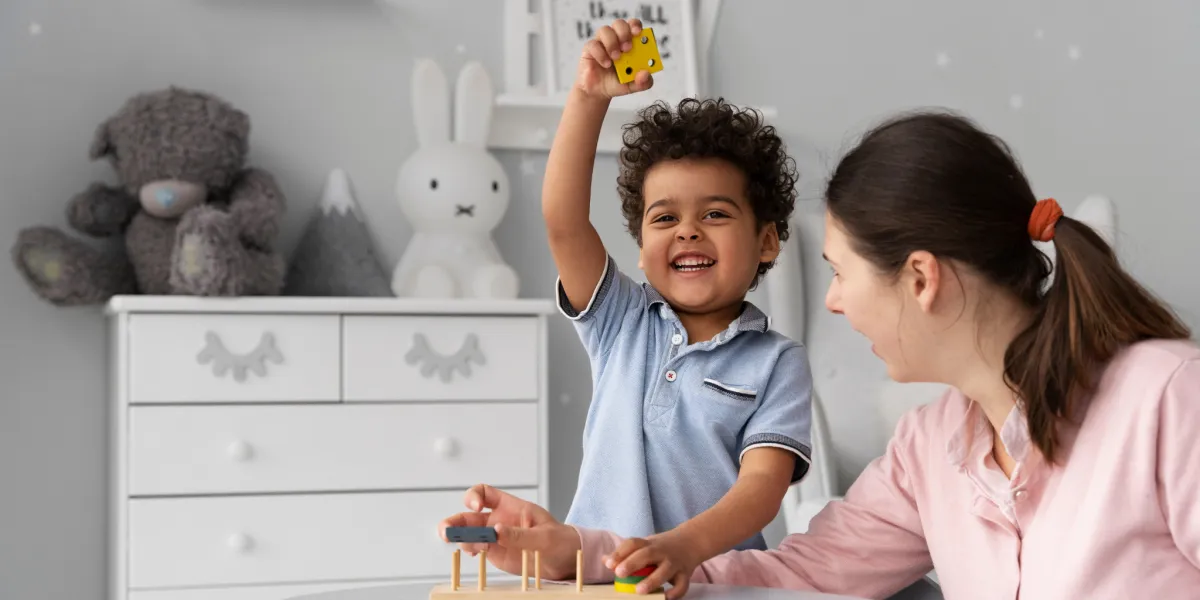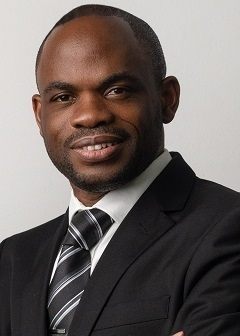
Promoting Language Development and Communication Skills in Toddlers and Preschoolers
Language development in early childhood isn’t just about learning words. It’s about building the foundation for thinking, expressing, and connecting with people. Children move from babbling as toddlers to having full conversations by the time they start school. The period between these stages matters—so also what we do during the time.
As a pediatrician, I’ve seen the wide range of language abilities in children. Some children talk early and easily while others take more time.
Supporting Language Through Everyday Moments
Children most often do not need flashcards or fancy programs to build language. They just need a good connection. They learn best in simple, natural interactions. This will mean talking with them, not just at them. It also means slowing down enough to notice what they’re looking at or interested in and using that as a way to teach them.
When my first child was learning to talk, I had more time than now. I started using short, clear sentences with her during everyday routines. During bath time: “Water is warm.” “You’re washing your toes.” “Let’s pour the cup.” The song “Head, Shoulders, Knees and Toes” was like a family anthem then. Those moments added up. She started pointing more, then labeling. Before you know it, she was describing. It didn’t happen overnight, but the consistency helped.
Reading with your children is another powerful tool. Picture books help them build vocabulary, rhythm, and memory. I tried to read with my kids every day, even if it’s just for a few minutes. I pointed to pictures, asked simple questions, and paused to let them fill in words. Over time, their language became more expressive, and their confidence grew as well.
🔬 Myth vs. Medicine Spotlight: What Research Says
🧠 Myth: “Kids will talk when they’re ready. There’s no need to do anything special.”
Medicine: Early language growth depends heavily on interaction. Research shows that caregiver responsiveness and shared reading dramatically impact brain development and communication outcomes.
📚 Key Study #1
A groundbreaking 2018 study by Romeo et al., published in Psychological Science, used MRI scans to examine how conversational turns between parents and children affected brain development. The researchers found that more frequent back-and-forth conversation—rather than just the number of words heard—was strongly associated with greater activation in Broca’s area, the brain region responsible for language production and processing.
👉 Parent takeaway: It’s not about how much you talk at your child—it’s about how often you talk with them. Engaging in responsive, turn-taking conversations actually changes the brain.
📖 Key Study #2
A 2019 meta-analysis published in JAMA Pediatrics reviewed 76 studies involving over 5,800 children under age 6. It found that when parents were trained to support language development at home—through everyday interactions like play, routines, and book reading—children showed clear improvements in both receptive and expressive language skills.
The study also found that parents became significantly better at using language-building strategies, like asking open-ended questions or narrating activities. This mattered especially for children with language delays, but also benefited those just at risk. In short: parent training worked. Even basic strategies practiced at home helped children talk more, understand more, and connect more confidently.
🩺 Takeaway for Parents: You don’t need special tools or fancy programs to help your child talk. With the right support and simple strategies, you can be your child’s most powerful language teacher—right in your everyday moments.
👉 Pediatrician insight: Simple changes—like pausing for your child to respond or expanding on their words—can have a major developmental impact. These habits are easy to build into everyday routines like mealtime, diaper changes, and bedtime.
Encouraging Communication Through Play and Conversation
Play is a natural way for kids to practice language. Specifically, pretend play helps them learn to take turns, tell stories, and use words for emotions. That's why most often your child’s pediatrician would ask if your child is doing pretend play. I’ve watched my kids act out everything from the doctor listening to heart sounds to baking using dolls, blocks, and toy kitchens. During those moments, I sometimes sit nearby, listen, and sometimes join in with just enough words to model but not control. I also got served “baked cakes” too.
It is good for parents to make space for back-and-forth conversations with their children. Even if a child’s response is just a sound or gesture, it is like a turn in a conversation. For example: “You said ‘ba’ while pointing—do you want the ball?” This teaches them that their voice matters and encourages them to try again.
It’s also important to listen more than we talk. When my first daughter had trouble finding words, I used to jump in too quickly. But with the second child, I learned to pause and wait. That extra few seconds gave her time to form the thought herself and also the confidence to try. It’s something I now recommend to parents all the time: slow down, and give your child space to speak.
When to Seek Support
Before we conclude this topic, it is important that readers know that language delays can sometimes signal deeper challenges, like hearing issues or developmental differences. If a child isn’t using any words by 18 months, or not combining words by age 2, I recommend bringing it up with their pediatrician. Early support can make a big difference in these children.
I’ve seen families worry their child was behind, only to watch them make big strides with little guidance. I’ve also walked this path myself raising my children. Supporting language development isn’t always smooth, but it’s always worth it.
You’re Not Alone
If you need support along the way, we’re here to help you. At ProParenting Pulse, we offer expert, compassionate guidance to help your child grow—one word at a time.
📚 References
Romeo, R. R., Leonard, J. A., Robinson, S. T., West, M. R., Mackey, A. P., Rowe, M. L., & Gabrieli, J. D. (2018). Beyond the 30-Million-Word Gap: Children’s Conversational Exposure Is Associated With Language-Related Brain Function. Psychological Science, 29(5), 700–710. https://doi.org/10.1177/0956797617742725
Roberts MY, Curtis PR, Sone BJ, Hampton LH. Association of Parent Training With Child Language Development: A Systematic Review and Meta-analysis. JAMA Pediatr. 2019;173(7):671–680. doi:10.1001/jamapediatrics.2019.1197
